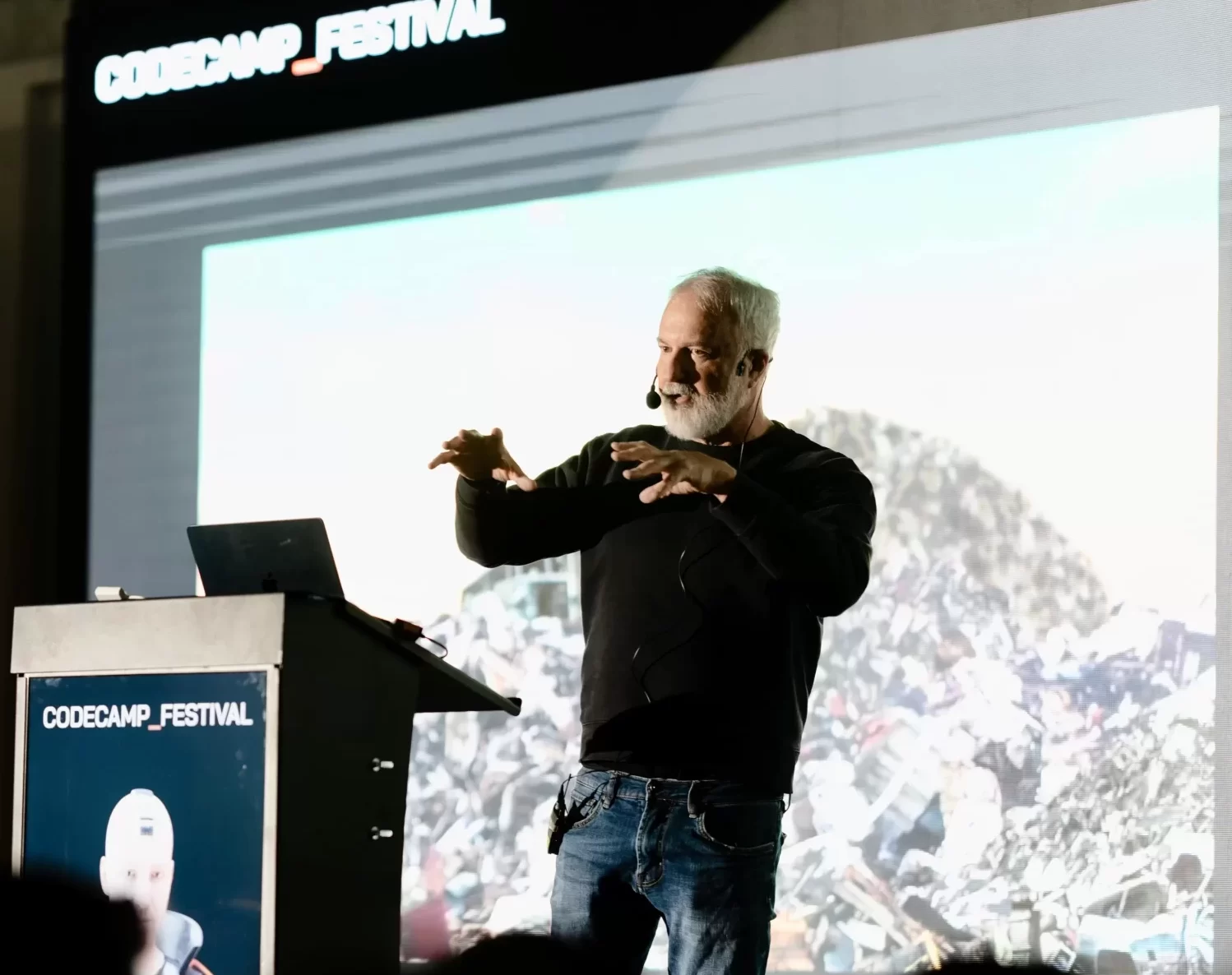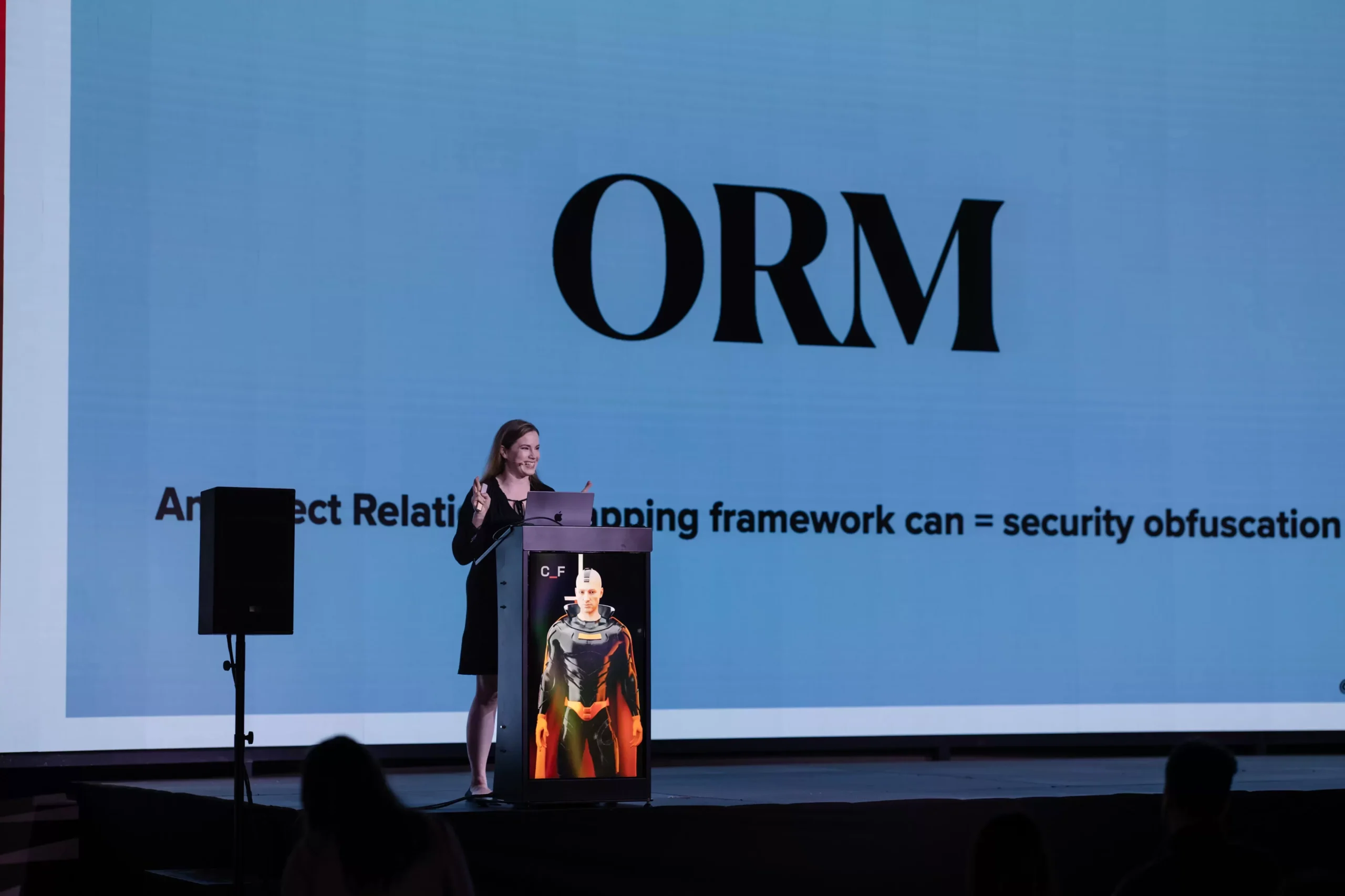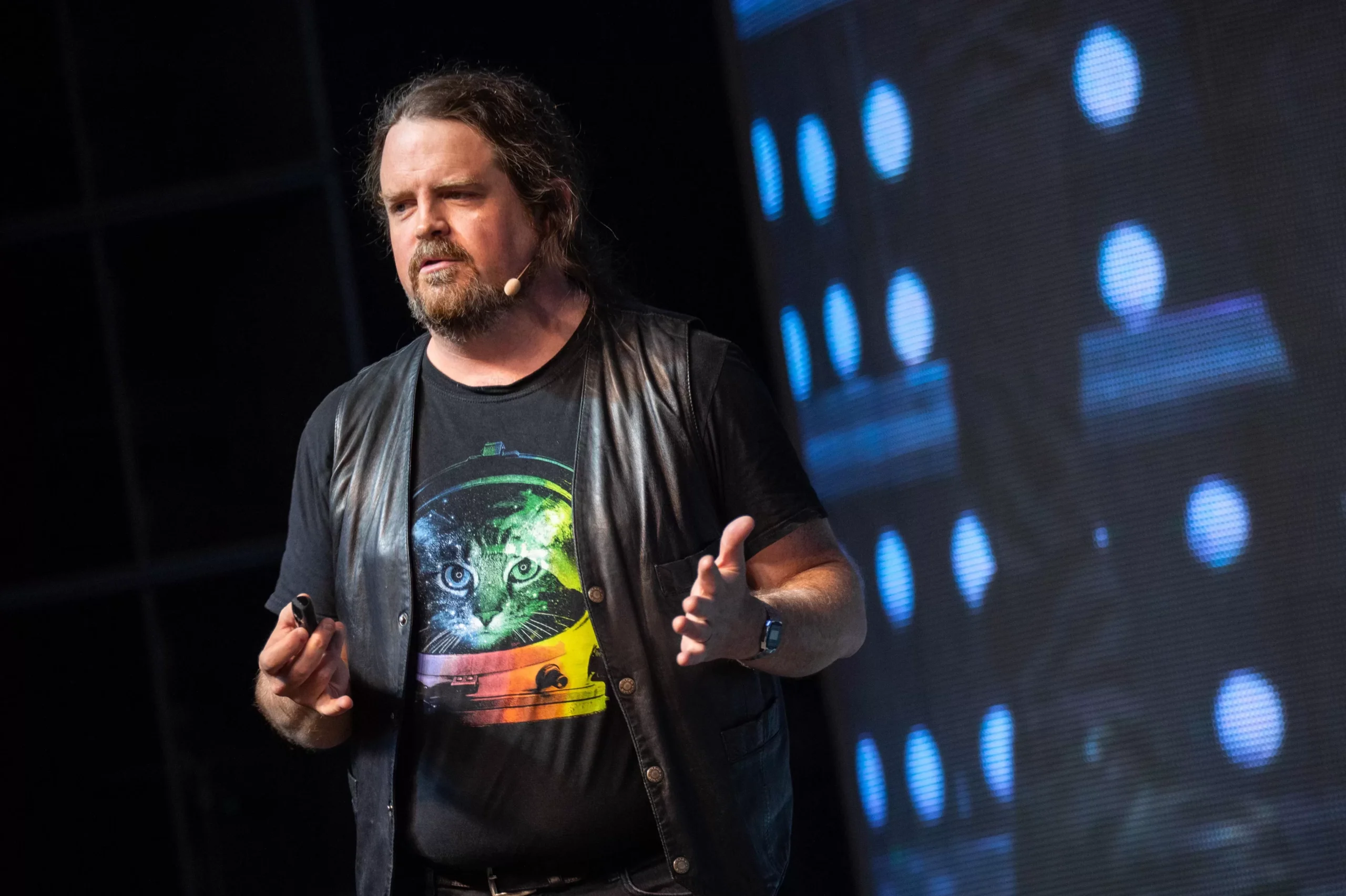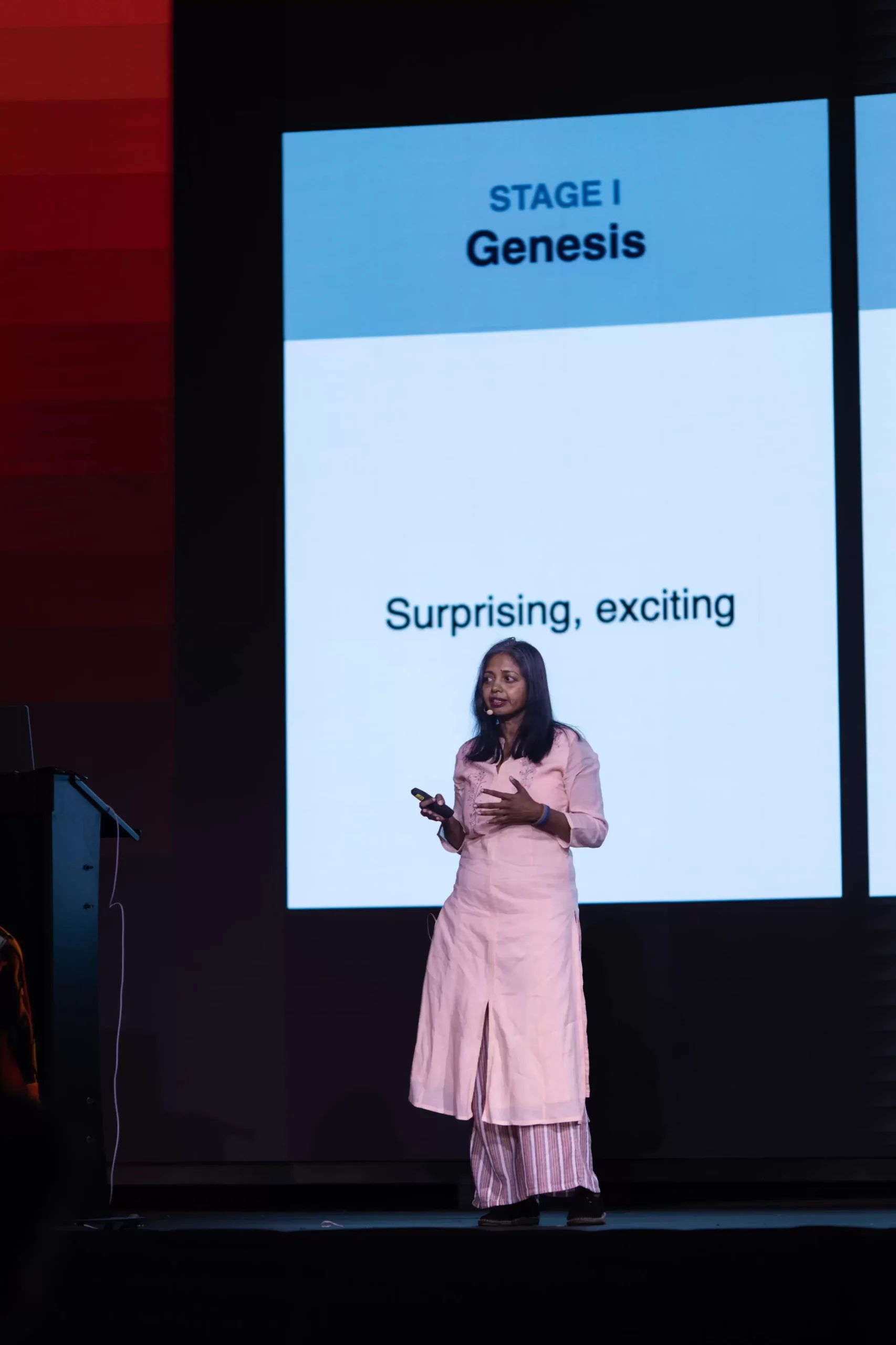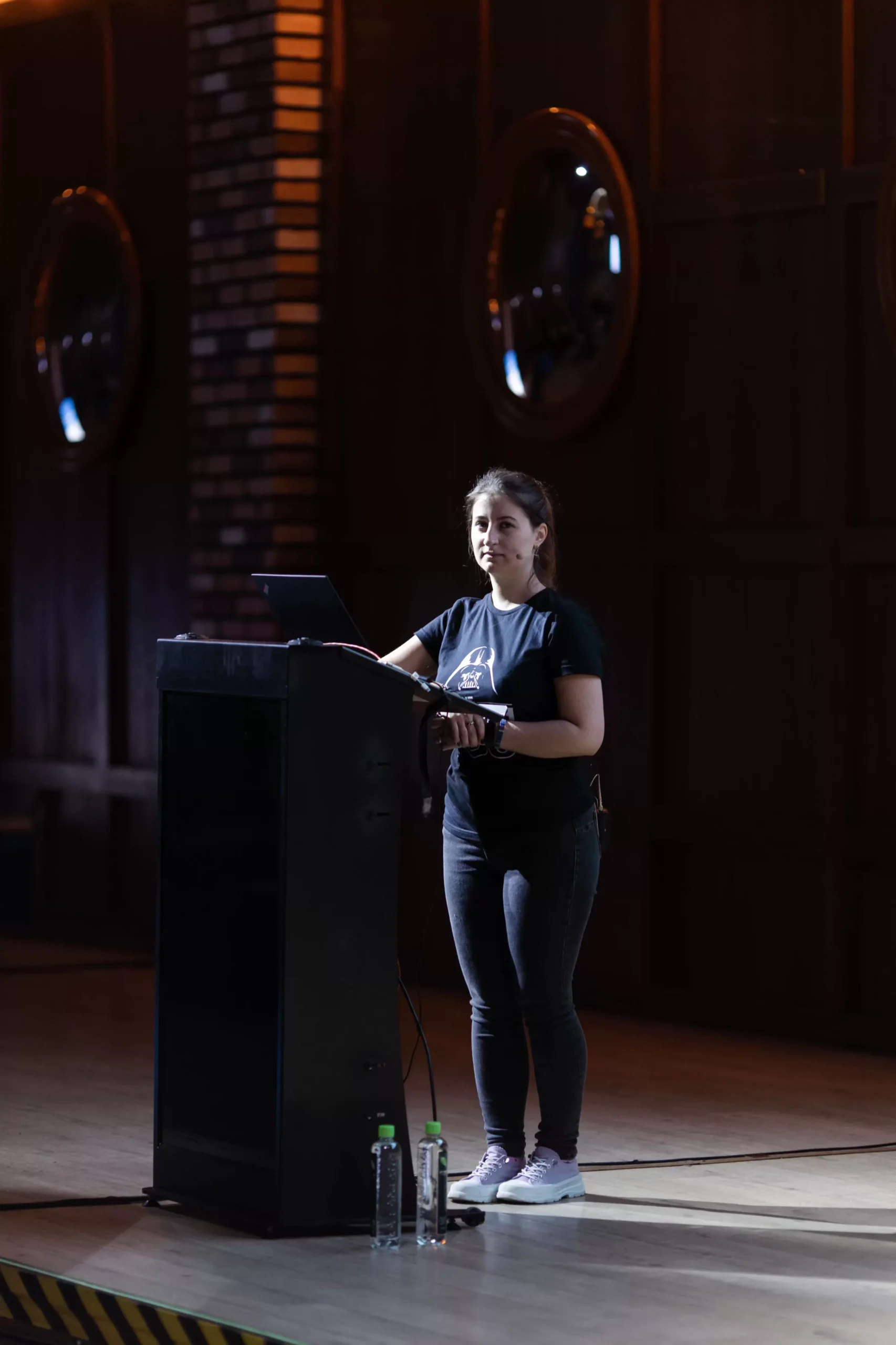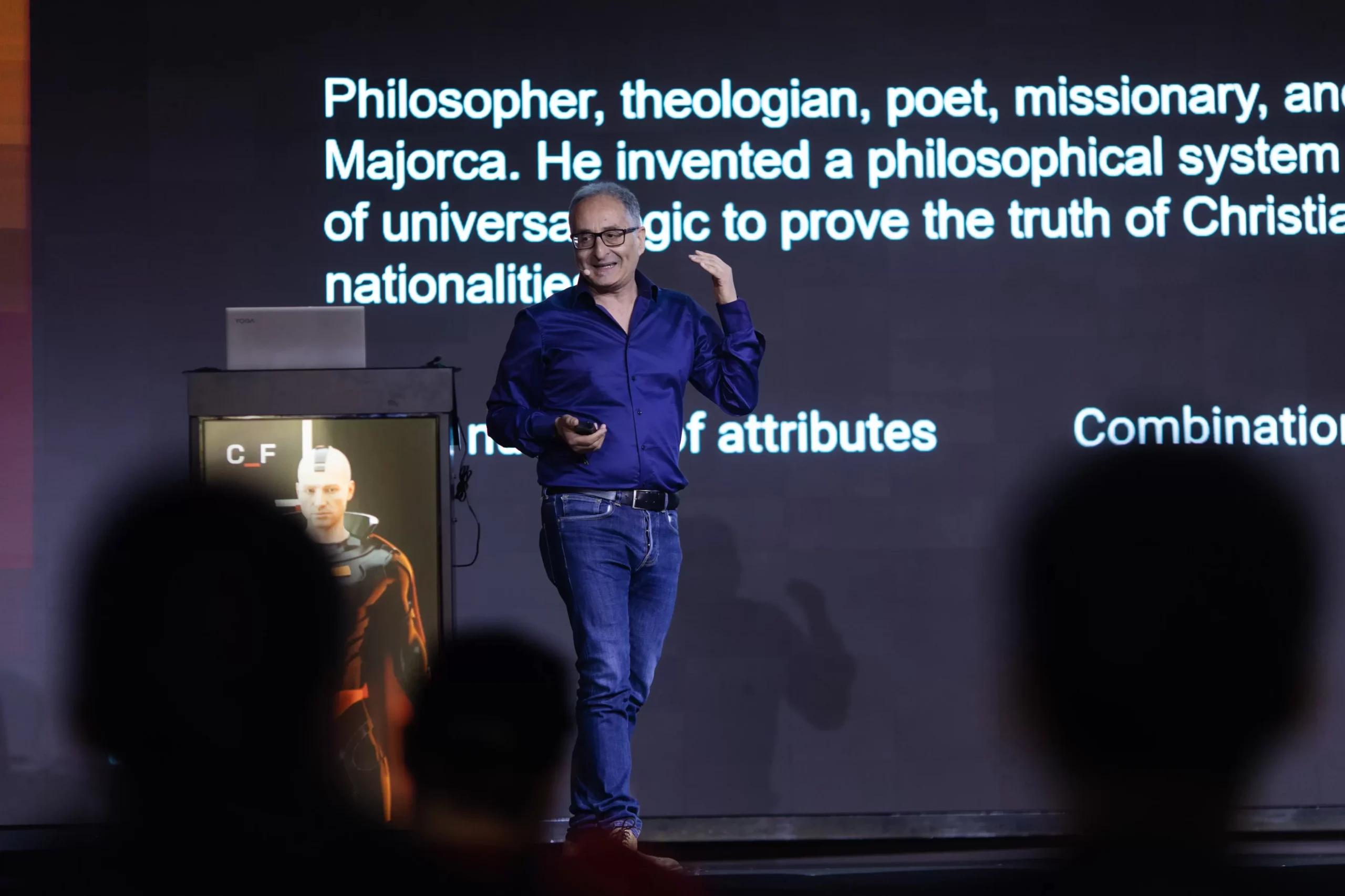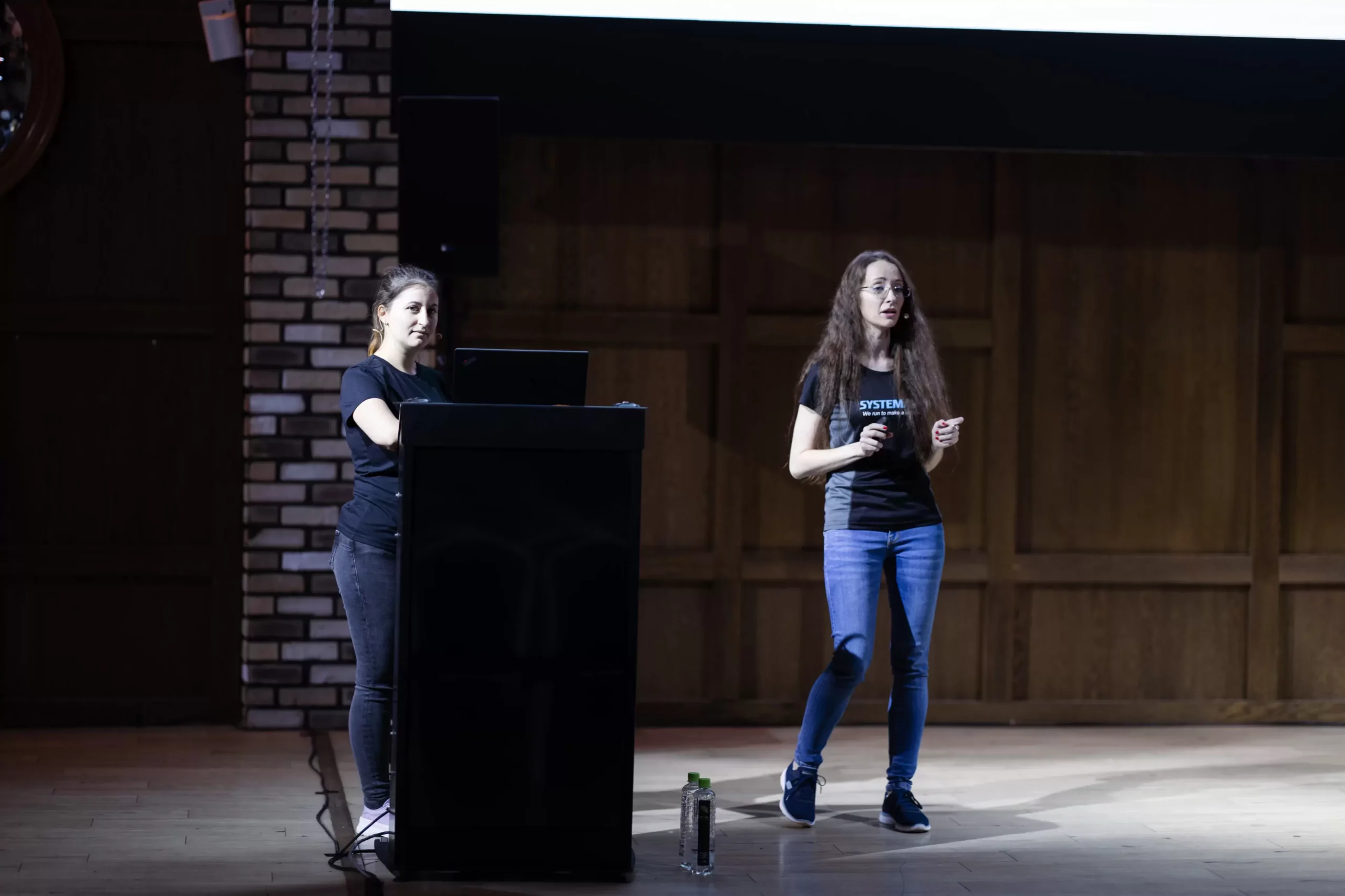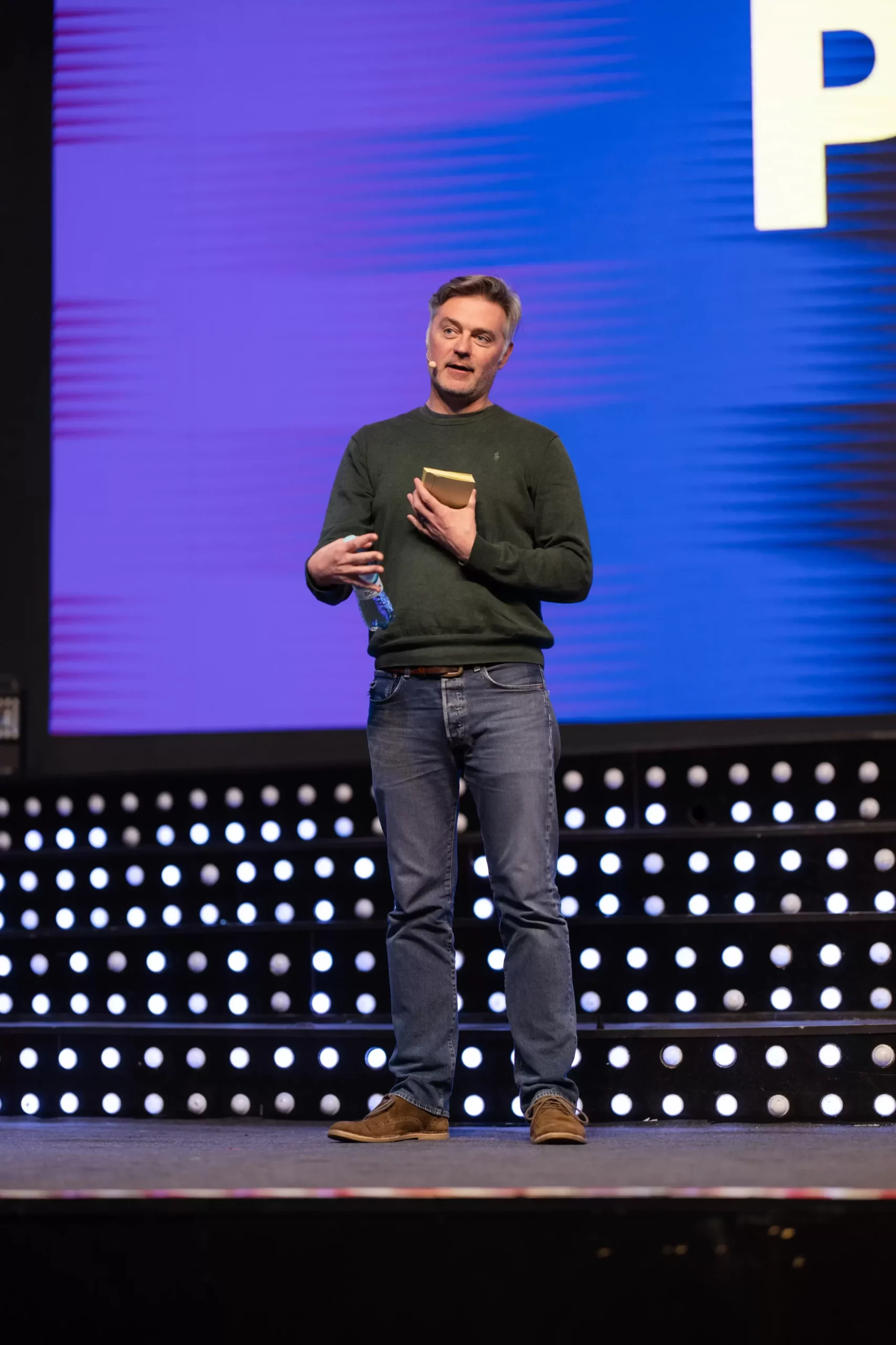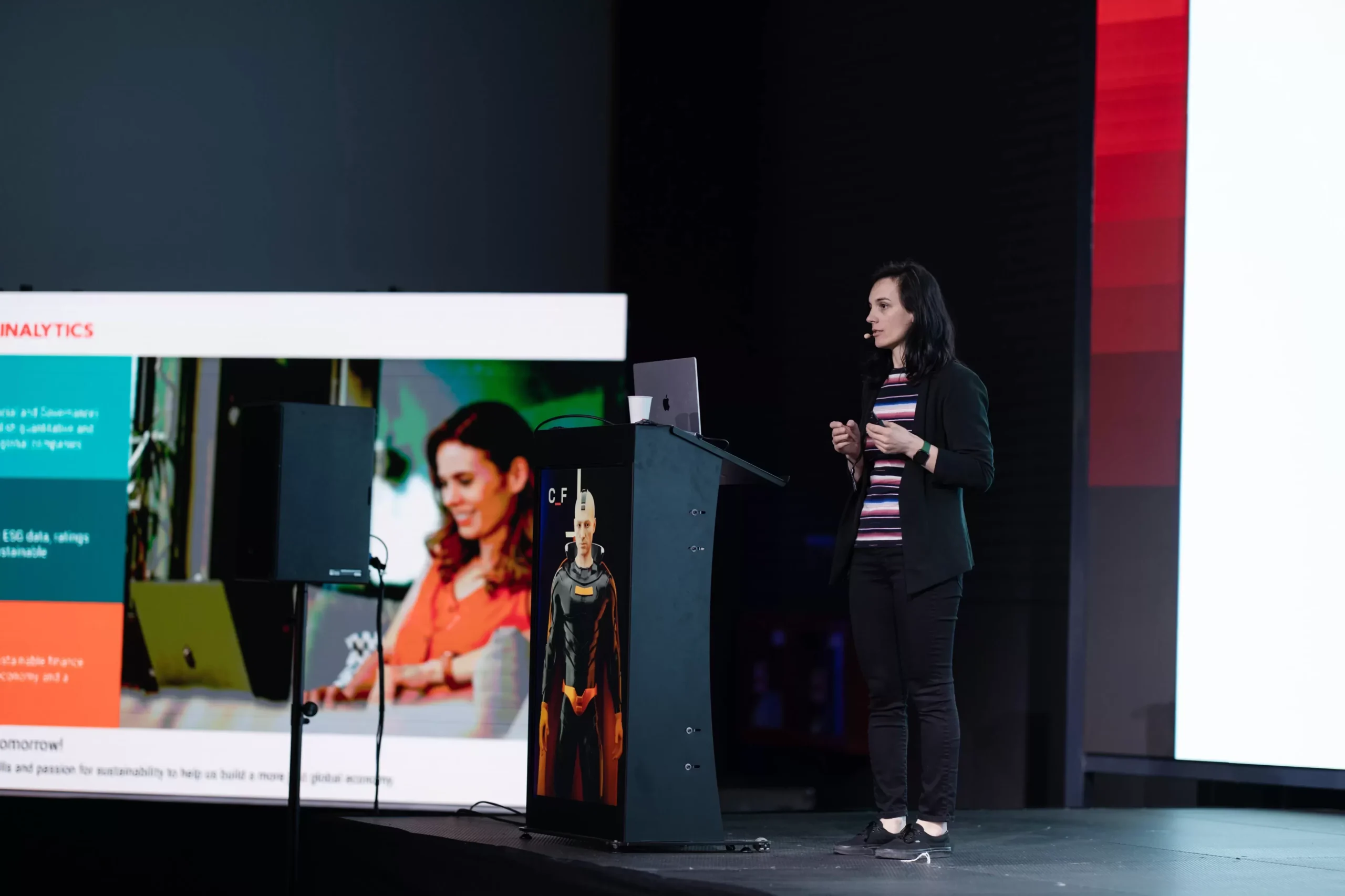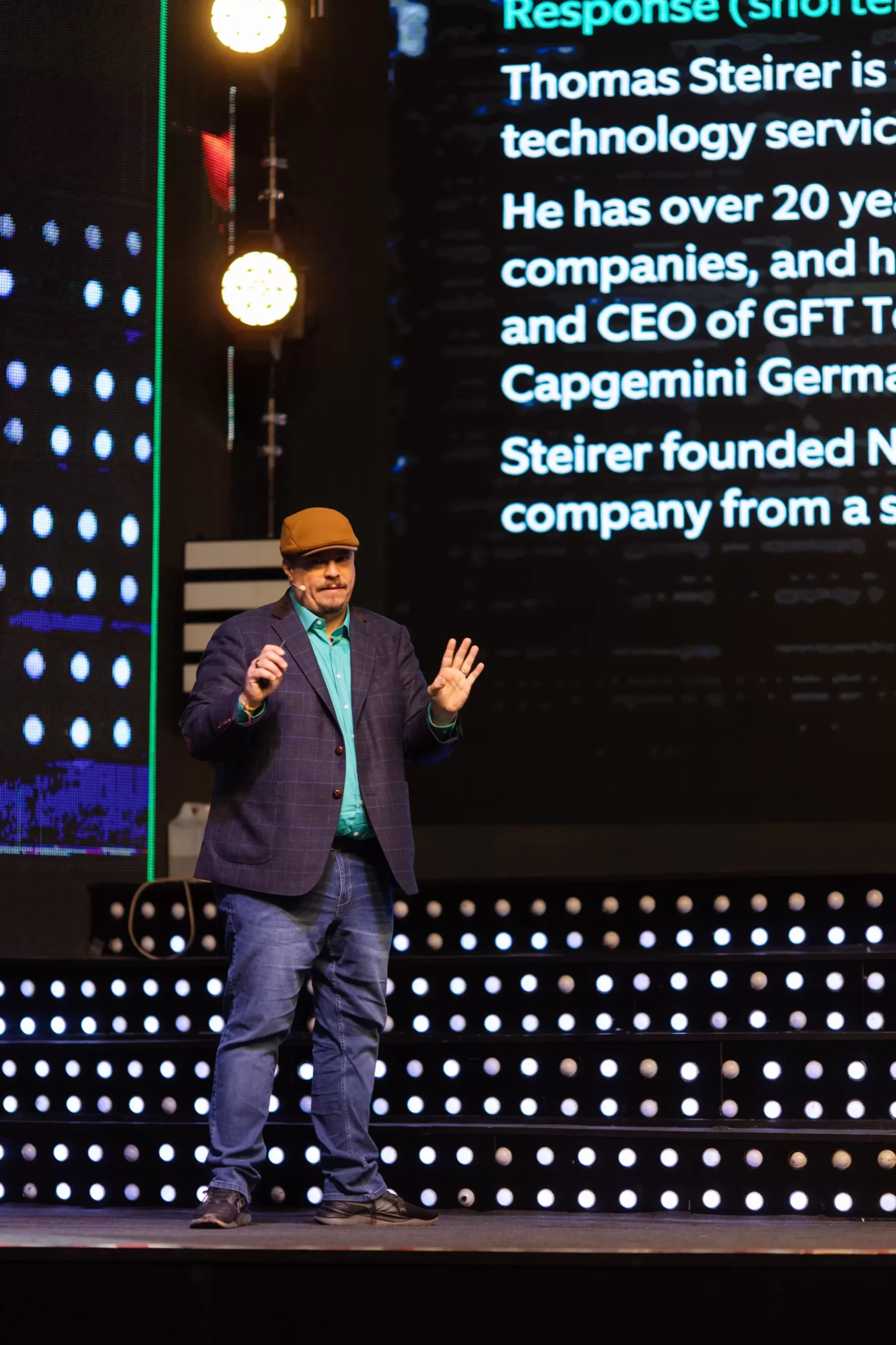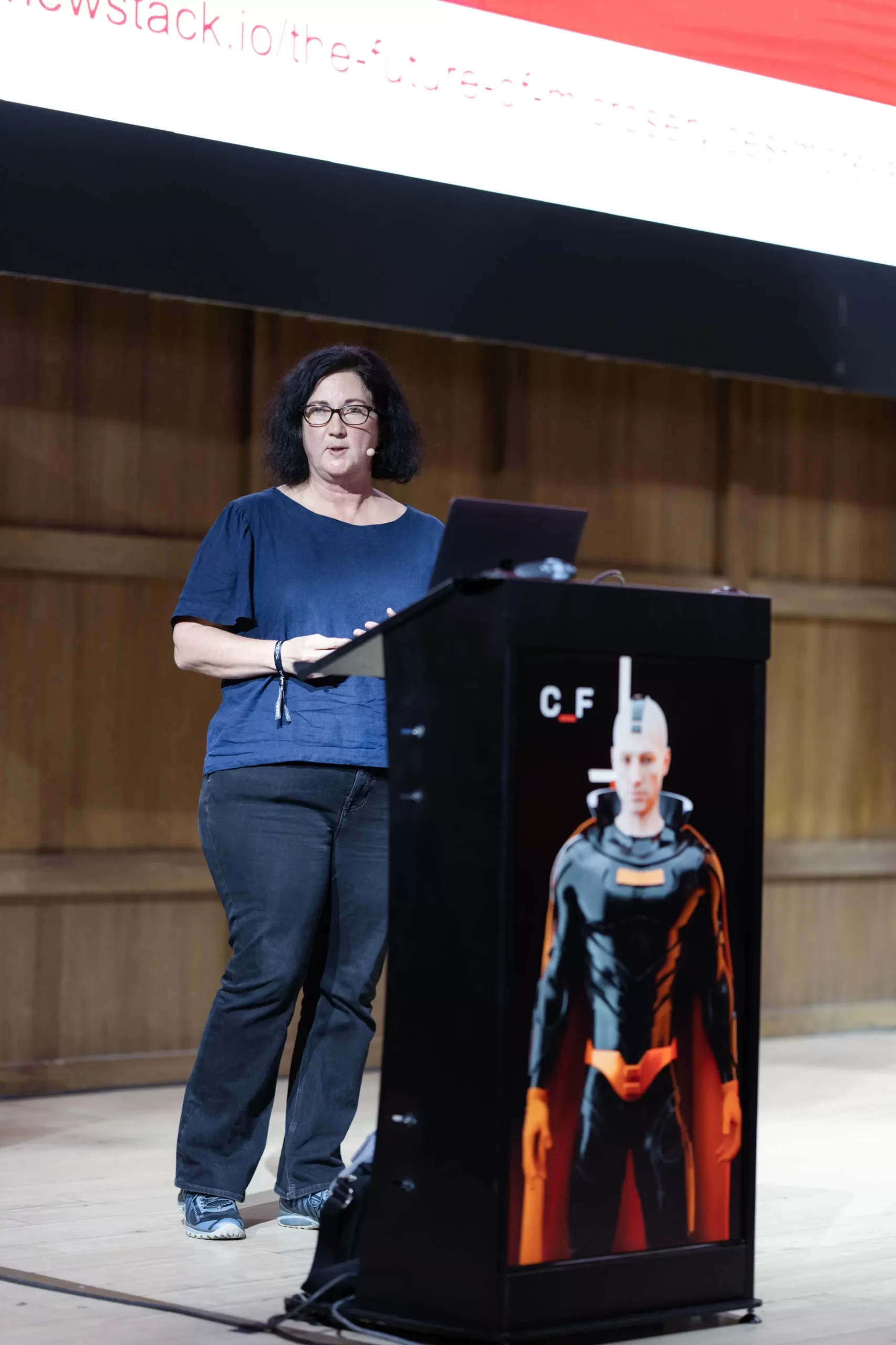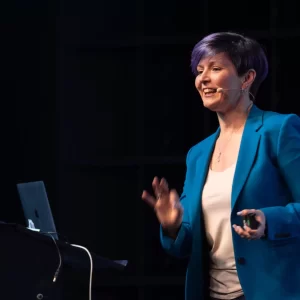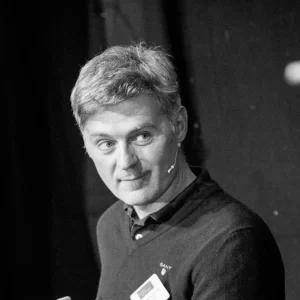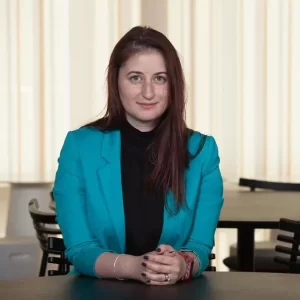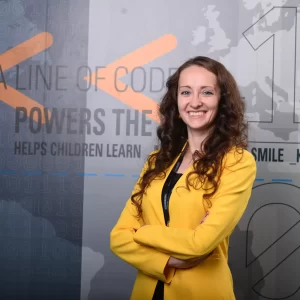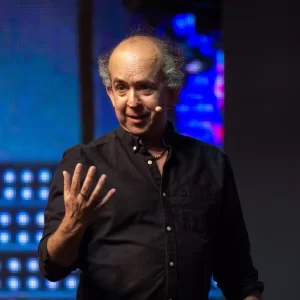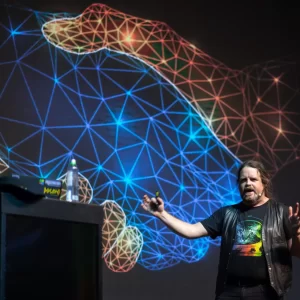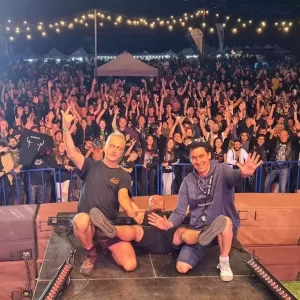Codecamp_Festival
The saga continues... the superheroes are back!
4 May 2023 _ Face Convention Center, Bucharest, Romania
A complete experience
16 superheroes
3 top-notch keynotes
4 stages
New connections
Food and drinks
Concert & afterparty
Codecamp_Festival is a one-of-a-kind experience, mixing learning from the best speakers out there, from all over the world, with the glitz and glamour of a true music festival.
Four awesome stages, three inspiring keynotes, seeing your superheroes up close and personal and making new connections, in a laid back and friendly scenery, who said learning can’t be fun?
The speakers
Meet the superheroes that changed the game in software development.
Yeap, they’re all coming to Romania! Grab a coffee with them and prepare to be starstruck.
The stages
Woodstock
Factory
Portal
Holiday Village
Masterclasses
Main Partner

Nagarro
We excel at digital product engineering. We solve complex business challenges through agility and innovation. We call it thinking breakthroughs.
Stage Partners

Sustainalytics
Sustainalytics has the awesome mission to provide the insights required for investors and companies to make more informed decisions that lead to a more just and sustainable global economy.
They have an innovation practice department focusing on research and integration of Artificial Intelligence/Machine Learning, Information Retrieval, and Digital Curation technologies into the company’s information acquisition, analytics, and research processes.
Sustainalytics has been a Morningstar company since July 2020, continuing to empower investors’ success through responsible investment solutions and products.

Systematic
At Systematic, we believe that a line of code created with intelligence and innovation can advance societies, boost businesses, and change lives for the better. Systematic is an international IT company with a Danish-inspired work culture.
Established in 2017 in Romania, our goal has been on consolidating a highly skilled professional community responsible for developing our products for the Defence, Healthcare, Renewables, Library, and Learning sectors.
We know that the right solutions require the right people – and that is why we will always invest heavily in their development. Together, we will never stop developing.
Holiday Village Designer

Luxoft
We’ve been present in Romania for more than 10 years and we are one of the main players on the IT&C local market. Our Luxoft employees in Romania are involved in cutting-edge projects for key industries such as automotive, finance and digital enterprise. And we are always looking for brilliant minds to join our team.
Expo Partners

Grid Dynamics
Grid Dynamics is a leading provider of technology consulting, agile co-creation and scalable engineering and data science services for Fortune 500 corporations undergoing digital transformation. They work in close collaboration with their clients on digital transformation initiatives that span strategy consulting, early prototypes and enterprise-scale delivery of new digital platforms. They help organizations become more agile and create innovative digital products and experiences using deep expertise in emerging technology, top global engineering talent, lean software development practices, and a high-performance product culture.
Headquartered in Silicon Valley with 4,000 technologists located in engineering delivery centers throughout the US, Western, Central, Eastern Europe, India and Mexico, Grid Dynamics is known for architecting and delivering some of the largest digital transformation programs in the retail, technology and financial sectors to help its clients win market share, shorten time to market and reduce costs of digital operations on a massive scale.
Join their global team, check out their website https://careers.griddynamics.com/

Playtika
Playtika is a leading mobile Game-Entertainment Company that provides audiences around the world with a wide variety of games based on quality, original content that is constantly changing and tailored to each player specifically.
We were among the first to offer free-to-play games on social networks, and shortly after, on mobile platforms. Playtika creates disruptive gaming experiences that are reshaping the gaming landscape using cutting-edge technologies in Live-Ops, Data Analytics and Performance Marketing.
As a digital entertainment powerhouse, Playtika processes 9TB of data daily. Our creative team translate data-driven insights into customized story lines that deliver exciting challenges and surprising thrills, at every twist and every turn. We move fast, seizing new opportunities, pushing boundaries and leveraging the technology and talent we’ve acquired along the way.
At Playtika, we are storytellers and coders, artists and data-scientists, explorers and strategists. We don’t just build games, we bring them to life. We create infinite ways to play.

Stefanini
We have three decades of IT expertise, so you can rely on us to make your digital transformation dream a successful reality. By innovating across technology, digital strategies and delivery models we are an one-stop-shop for defining and delivering both end-users and business value.

Thales
Thales has been present in Romania for more than 20 years, starting as a supplier to the Romanian armed forces. Over the years, the company has grown and diversified its portfolio of activities, and today it is a central hub for software development and engineering, serving customers in all its major markets: Defence & Security, Aerospace, Space, and Digital Identity & Security. With the help of local experts, Thales has an unparalleled capability to design and deploy equipment, systems and services to meet the most complex requirements.

Emergn
Emergn is a global digital business services firm with a mission to improve the way people and companies work. Forever. Emergn helps some of the world’s most respected businesses—including Fortune 500, FTSE 100 and Global 2000 companies—develop their most promising ideas into valuable digital products and customer experiences, faster. Emergn offers learning, consulting, and technology services to help clients own their transformation, and create high-performing teams. Our capabilities span product innovation, experience design, product delivery, intelligent automation, learning skills and capabilities, data and analytics, and business transformation.

Ness
Ness designs, builds, and integrates digital platforms and enterprise software that help organizations engage customers, differentiate their brands, and drive profitable growth.
Ravers

UniCredit
At UniCredit, we explore bold, innovative ideas, delivering products and solutions that enable people to live more successful and fulfilling lives. Our ambition is to be the Bank for Europe’s future – and we look for people who are willing to walk with us in this direction.
With UniCredit, future candidates can unlock their fullest potential. We strive to attract and retain individuals who embody our Values of Integrity, Ownership and Caring and will become active contributors to achieving our Purpose of Empowering Communities to Progress.

Strongbytes
Strongbytes is a trusted technology partner which designs & delivers software solutions with significant positive business impact for cloud-enabled, data-driven organizations. It empowers businesses to continually improve their ability to access and analyze data consistently to make accurate decisions, with the help of software applications, data engineering, analytics & ML, in the cloud, highly automated. With a focus on understanding the business need, end-to-end quality, and a highly collaborative delivery model, our engineering teams create new and modernize existing products in a consistent, predictable manner.
Community Partners

How To Web
The story of How to Web started in early 2009, at a point when the IT industry was centered on outsourcing activities, while the few individuals and companies working on their own tech products back then were disconnected and didn’t have access to learning and networking opportunities. Year after year, we supported companies to shift their focus from outsourcing to innovation, we’ve learned to differentiate and innovate and we’ve grown together fuelled by he power of an ever-stronger, interconnected community.

Scoala Informala de IT
The Informal School of IT is the largest platform in Romania that brings together industry leading professionals with talented people driven by a desire to develop their unique IT skills.
Our hands-on approach, combined with a permanently updated curricula and convenient timeframe proved to be a successful recipe for our alternative school.

Asociatia pentru Dezvoltare, Creativitate si Excelenta in Software | ADCES
Experience & Learn
.Net, C#, Azure & SqlServer

Link Academy

RubikHub
Rubik Hub is more than a physical place, it is an emerging community, formed of people with mutual values, a desire to grow and a common VISION: live in a world where each person can reach the best version of themselves and drive positive impact.
We embarked on a brave MISSION, to develop and connect communities, together with whom we inspire, educate and accelerate startups from 0 to 1 and create global successful businesses.

Calemis
We’ve been making entrepreneurial waves in Iași since 2013 through events where people put their business ideas in the spotlight.
We’re a handful of people passionate about building a strong entrepreneurial community in Iași. Startup Weekend, IdeaJAM and Innovation Labs are the events you might know us from.
Our mission is to connect all the wild idea-people with an implementation team, mentors and, hopefully, investors.

Techcelerator
We are Techcelerator, early-stage technology startups accelerator born
in Romania in 2018 and backed by GapMinder VC, a 45 mil euro fund.

Cloud Builders
Сloud Builders ━ European cloud agnostic Community born in Ukraine. We grow fast and so far unite 6500+ cloud builders on board!

DSC Adria
DSC Adria 23 is the Tech-first grassroots Conference that gathers the brightest & sharpest minds in the industry. It is the place where you can find both professional, academy representatives and decision-makers. Our program content is tailored in such a way to fit the needs of you and your organisation. Some of the topics we are going to cover are:
NLP & Text Analytics, Augmented Analytics, AI & Data Product Development, AI & Data Strategy, Graph Neural Networks, Ethical AI & Open Data, Transformers & Stable Diffusion, Data Science in Production, Innovation with Data, MLOps, Big Data & Data Engineering, ML in FinTech and Transforming Healthcare with AI.


Impact Hub
Impact Hub Bucharest is a place for people with ideas for a better world to work, meet, learn and connect! Founded in 2012 Impact Hub Bucharest operates in Bucharest, near Universitate metro station.

Bucharest Software Craftmanship
This is a community for those who care and are proud of what they do. For those developers, regardless of how experienced they are, who want to improve and master their craft.
This is a place for those who believe that being average is just not good enough.
The Manifesto for Software Craftsmanship
As aspiring Software Craftsmen we are raising the bar of professional software development by practising it and helping others learn the craft. Through this work we have come to value:
• Not only working software but also well-crafted software
• Not only responding to change but also steadily adding value
• Not only individuals and interactions but also a community of professionals
• Not only customer collaboration but also productive partnerships

Mindspace
We believe that when people are excited about coming to work, businesses thrive. Our members enjoy better employee engagement and satisfaction, realize higher productivity and innovation, and attract and retain the best talent. We give business owners the peace of mind to focus on their core business priorities, while we take care of the rest.

Voxxed Days Bucharest
These developer conferences bring together popular speakers, core developers of popular open-source technologies and professionals willing to share their knowledge and experiences. With several tracks on different topics, attendees can satisfy their curiosity and learn new skills while enjoying and having fun!



Tech Women
Tech Women is an initiative dedicated to attracting, supporting and promoting women in the field of Information Technology.

HackCodeX
HackCodeX hackathon is the meeting place for like-minded developers, designers, and business professionals eager to explore new paths.

Startup Moldova
Startup Moldova is the platform that provides support for accelerating the development of startup initiatives and technological innovations at home in the Republic of Moldova

IT School
IT career accelerator!
Develop your potential and step into the IT universe!


.NET Romania
Community group events (meetups, workshops, bootcamps) focused on Microsoft Technology Stack like .NET Framework, C#, ASP.NET, ASP.NET MVC, ASP.NET Core, Azure, Xamarin, IoT and more.

Banat IT
Banat IT (BIT) is a non profit from Timisoara that aims to keep the IT community connected and informed. We organize and promote events primarily targeted towards the tech and creative sector.

Hack TM
Let’s mingle at HackTM!
HackTM is the largest (and probably coolest) hackathon in South-Eastern Europe.
In 2023, we’re pinning Timisoara on the map and making it shine!
Let’s Hack the Capital!
HackTM is a 48h marathon of elite programming, with the purpose to generate astounding ideas, have fun and experiment with technology, frameworks and tools, like there’s no tomorrow.

Transylvania Cloud
Cloud builders, developers and users from Transylvania, Romania and abroad.

Liberty Technology Park Cluj
Think of a place where several companies from the IT&C and R&D industries develop, connect, engage and foster inspiring people and creative ideas in a perpetual flux of innovative development.
This place is Liberty Technology Park Cluj, the first technological park in Romania, a park for creative ideas built in a revolutionary place designed to offer exceptional growth and quality environment for companies in the IT&C and R&D domains, all in one unique area both conceptually and architecturally.
We are a dynamic ecosystem for local and international companies driven by that particular vision that makes ideas come to life and businesses thrive.

Innovation Labs
Are you a young visionary that aims to build a tech start-up?
Join us to turn your tech vision into a product through fine-tuned mentorship, access to bleeding-edge technologies and interaction with top companies, mentors and angel investors.
Are you an innovative company looking to connect with the most vibrant innovation ecosystems?
Join the main university-based tech start-up accelerator program in Romania – and be part of a network that fosters innovation, collaboration and digital transformation.

Romanian SQL Server User Group
Founded in 2005, Romanian SQL Server Group (ROSQL) brings together Database Administrators, Developers, Business Intelligence Professionals, and students interested in or working with Microsoft SQL Server and related technologies. We meet to discuss and socialize, to find out what’s new, to share knowledge (and of course to share pizza).

Aries TM
We promote, protect and develop the IT&C industry
We are the largest association from South-Eastern Europe and the most important and reliable source of information for the IT&C business community.

OWASP Timisoara Chapter
OWASP Timisoara Chapter, free to join, open to all. We meet to discuss & demonstrate web and browser-based vulnerabilities, tools & solutions.
More information about the OWASP Timisoara Chapter can be found at https://www.owasp.org/index.php/Timisoara .

Timisoara Startups
Timisoara-born startups.
Countless dreams.
One community.
We’re collecting and introducing all our local startups—and their leaders—to the world.

BEST Bucharest
Developing students since 1995. Because we can.
As BEST Bucharest, we started our journey in 1995 and became a full member of the BEST family in 1997 during the General Assembly Belgium. Throughout the years, we have designed thorough events to promote communication and complementary education, as well as working in a multicultural environment.

BESTEM
BEST Engineering Marathon is a 24-hour hackathon that brings together students from Bucharest technical universities and challenges them to solve the tasks proposed by five partner companies.

Commons Accel | IdEA
We are an independent, equity-free accelerator led by authentic business leaders
We connect Smart & Sustainable projects to top mentors and industry experts
We offer financing support through our partnerships with investment funds and corporations

IASI AI
IASI AI community started from the desire to increase the awareness of artificial intelligence and its applications among technology enthusiasts through meetups and workshops, creating a favourable context for promoting local ideas and initiatives.

Transilvania IT Cluster
Transilvania IT Cluster works at the intersection between entrepreneurship, researchers, innovators, and public administration, pushing forward discussion and action around digital transformation and thus enhancing community development through digitisation.
Founded in 2013 by Aries Transilvania, Transilvania IT Cluster was originally aimed to support employees of member companies in the acquisition process of technical and soft skills, as well as offer a platform of knowledge and training for the implementation of collaborative projects. While this continues to remain an important focus, Transilvania IT Cluster further developed to match the sector development in Cluj – Napoca.

Bucharest Big Data
This is a group for anybody interested in Big Data: what it means, what tools are there and how to use them, how others are analyzing the data and what is the value they get out of it. Meetups will be both socializing and learning ones. If you are interested about the topic join us.

Cartea Daliei
Because we wanted to help through our experience the future generations of adults.
Because we wanted to offer modern learning contexts accessible to all children, regardless of the environment they come from. A place where they can prepare for the jobs that they will have in a modern digital world, jobs that require coding skills and the use of technology.
Because we wanted more and better.
And especially because today we are here to put all these things in value by involving the community in disrupting the Romanian education system, together with partners such as IT companies, schools, authorities, and IT professionals.

Media Partners

DevJob.ro
DevJob.ro is the first Romanian IT job board built with Software Engineers in mind.
Our goal is to bring more transparency, openness and diversity to the Romanian IT market.
We want to make the job search process for Software Engineers more enjoyable by gathering all job postings in Romania and presenting them in an informative way.
Our portal is not only for Developers but for everyone working in the IT industry: Engineers, SAP and System Admins, Product Managers, QAs and UX/UI Designers!

Romania Pozitiva
Good things about Romania.
Welcome to the positive information and education platform, RomâniaPozitiva.ro!

TechEvents
TechEvents is a free mobile app that brings together all the important tech events in the industry, with the aim of supporting the harmonious development of the IT community in Romania.
